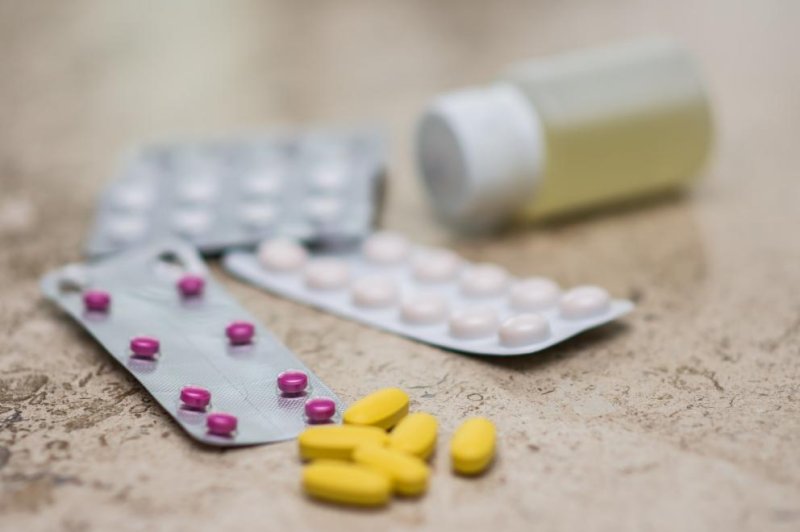Cigna says it has reduced opioid use by 25 percent among its members, which is one year ahead of its goal for the reduction. Photo by Anestiev/
Pixabay
March 28 (UPI) -- Cigna, the fifth-largest medical insurance provider in the United States, announced Wednesday it has reduced opioid use by 25 percent among its members.
The healthcare provider announced it reached its goal one year ahead of schedule. In 2016, the company announced it would reduce opioid use by one-quarter by 2019, opting for the 25 percent cut based on usage levels seen before the opioid epidemic.
Cigna has been among the first insurance companies to move against the opioid epidemic.
In 2016, the company said it would start capping prescriptions for short-acting opioids for acute pain to 15 days, and plans to further limit prescriptions to seven days, Doug Nemecek, chief medical officer for Cigna's behavioral health division, told The Hill. The Centers for Disease Control and Prevention recommends that opioid prescriptions of three days or less are "often sufficient," and more than seven days "will rarely be needed."
Last year, Cigna announced that it would start removing OxyContin from group commercial drug lists, but not other painkillers that contain oxycodone, the active ingredient in OxyContin.
Cigna also said that later this year said it is planning to ensure daily dosage measurements do not exceed safe quantities.
"We committed to this reduction for our customers because we recognized the severity of the epidemic and its impact on people from every walk of life, their families, employers and communities," David M. Cordani, Cigna's president and chief executive officer, said in a press release.
Roughly 21 percent to 29 percent of patients prescribed opioids for chronic pain misuse them, according to the National Institute on Drug Abuse, and more than 115 Americans die each day after overdosing on opioids.
Cigna measured the total volume of opioids being prescribed based on morphine milligram equivalent doses to track the 25 percent reduction in use by its customers, working with healthcare providers and patient awareness and support organizations in local communities for immediate and longer-term approaches to solving the problem.
Cigna has 95 million subscribers in the United States with net revenue of $39.7 billion in 2016, fifth among providers, according to HealthPayer Intelligence.
The overprescription of opioid painkillers is being driven by a large number of general practitioners, not by specialists or "pill mill" operations as many have suggested, Stanford University researchers found in a study published in 2015. The researchers found the most prescriptions came from family practitioners, internal medicine practitioners, nurse practitioners and physician assistants.
Last week in Manchester, N.H., President Donald Trump said his administration was considering suing drug companies and punishing some drug dealers with the death penalty.
The administration would "make sure virtually all prescriptions reimbursed by the federal government follow best practices for prescribing. We'll ensure opioid addiction is not subsidized by the American taxpayer," he said.















